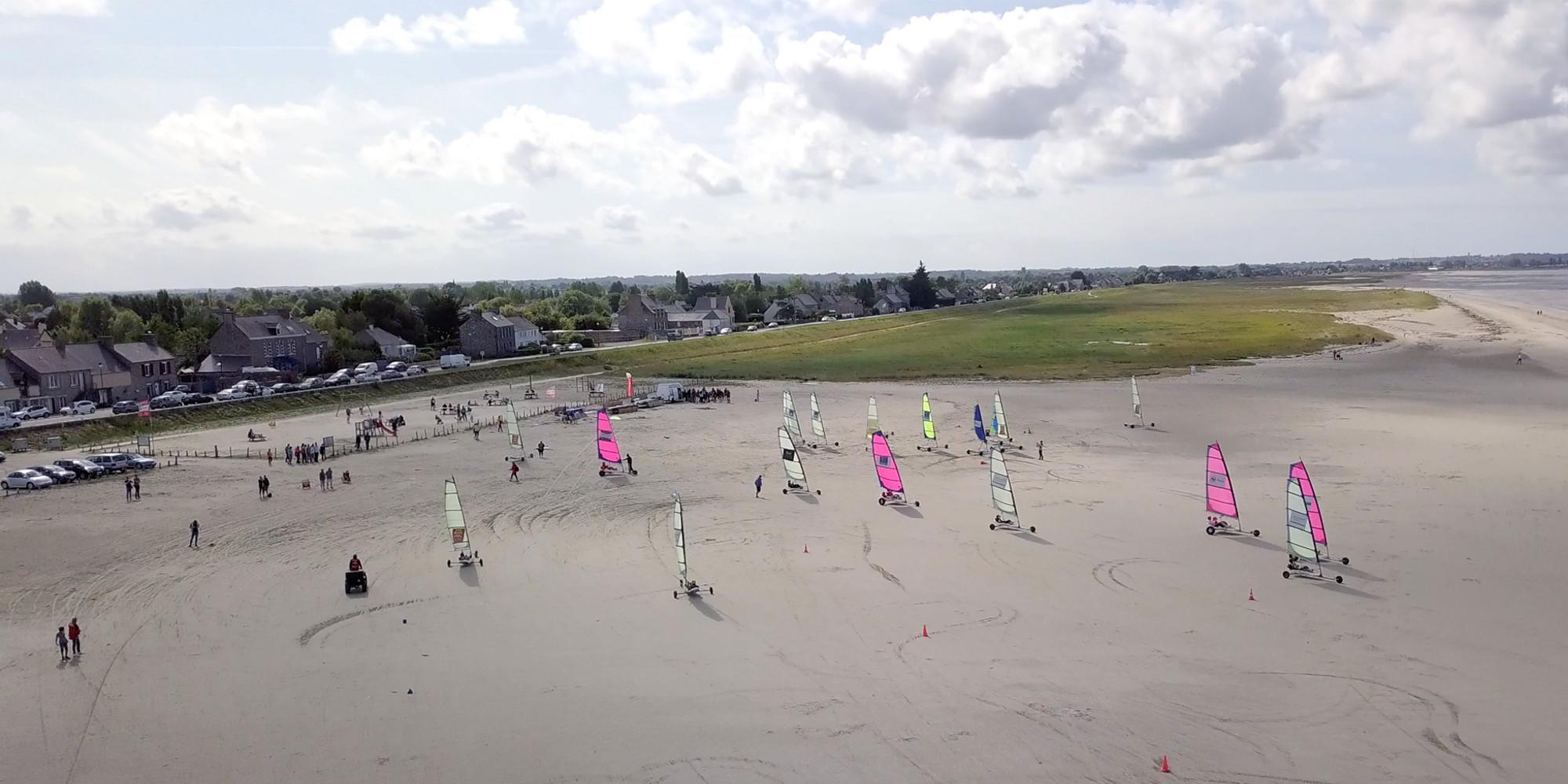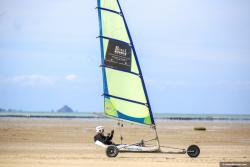The activity
Escape, Sensation, Freedom
The introduction and the discovery of sand yacht aim to teach beginners how to drive safely for the user but also for the others, through the speed control and the direction of the sand yacht. Users must adapt the speed of their sand yacht according to the possible circumstances.
The certificate must transcribe the safety rules for a good sand yacht session. It also has to determinate the technical vocabulary of the activity to create a specific and common language. It is important to keep a safety margin for each action taken. It is important to study theweather conditions to anticipate the evolution of the route. By adapting ourselves permanently to the public and the environment, the certificate builds its path and its session.
This is why the change of tack is always made in direction of the sand and the jibing towards the sea. The jibing is a change of tack with the back to the wind which is difficult for the beginner. And the change of tack is made facing the wind. This position facing the wind is a way to stop progressively its sand yacht because the sail is no more propulsive which allows a better control. The stop area is located at the buoy where you can do your change of tack.
Moreover, a parallel circuit can be installed to respect the improvement of each person and guarantee the safety. The monitor must check that nobody is in the leeward area of the circuit because this is where the sand yacht can go if the driver looses control.












